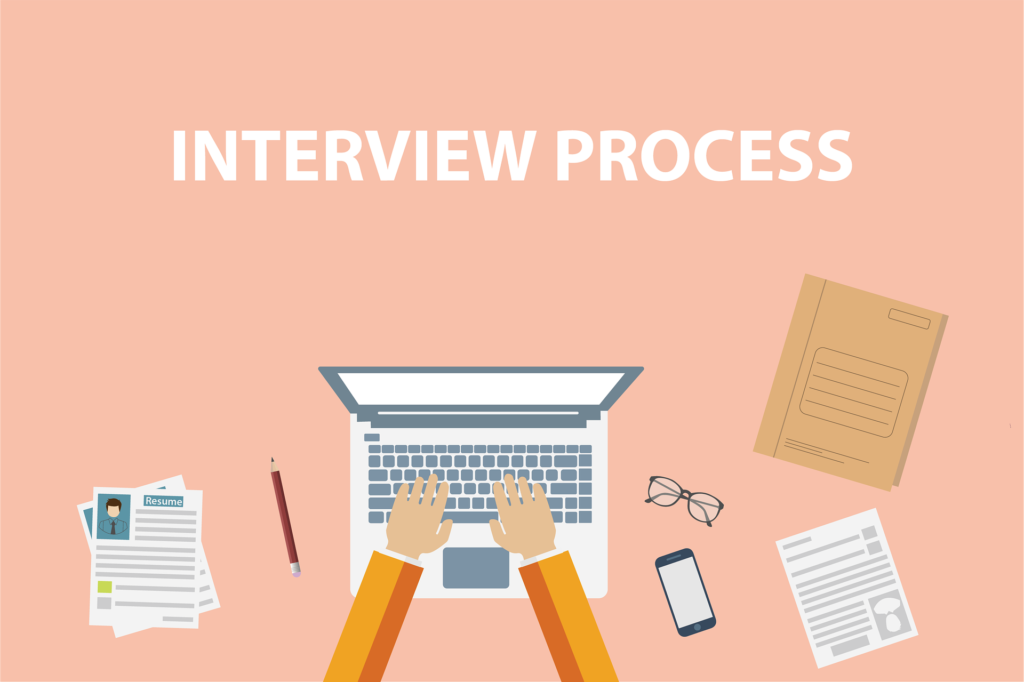Your Guide to Agile Recruiting!

There have been more changes in the way we work in the last two years than in the last fifty years. This means everything you thought about recruiting has changed too. Companies that want to attract and retain the best talent have had to change their strategies just as rapidly, while some coped better than others, many changes were made in spite of hiring policies, rather than because of them.
The future of hiring is agile, and this guide will tell you exactly what agile recruiting is, and how you can use agile methodology to find and keep the human assets you need to thrive.
What Is Agile Recruiting?

Agile is a term used in business to describe processes that are done quickly and without being bogged down by hierarchy and complex approval processes.
Whereas old business structures required endless meetings and dozens of approvals before even minor changes were made, agile methodology empowers people to make necessary changes as soon as possible after a problem is identified.
Why Do You Need Agile Recruitment Process Policies?

Long, complex recruiting policies that required input and feedback from dozens of team members, took months to complete and kept candidates waiting for long periods of time just don’t work anymore. The best candidates are in demand, and if they’re left waiting while the cogs in the machine turn slowly, they’re likely to be in a new position somewhere else before you make a decision.
Things are changing in the way we work too. In fact, research shows that among younger knowledge workers, the number one criterion for choosing a new job is either full-time work from home or a hybrid working arrangement. This means if your policy is firmly based on office staffing, you’re going to struggle to hire the right people.
An agile recruiting process that carries over into people management allows you to make changes to those kinds of policies that keep you in the running. Because just as much as you are evaluating candidates, they’re weighing what you have to offer.
Interacting with Candidates
When our parents and grandparents were starting their careers, the rules were very different. Employers made the rules, and workers simply followed them. Compliance was valued over innovation, and rather than changing jobs every few years, most people stayed with one company their whole career.
None of those things are true today, and your interactions with candidates should reflect those changes in your talent acquisition efforts.
There Are a Few Ways You Can Do This
– Meet candidates where it is most convenient for them – including incorporating virtual interviews in your process.
– Provide more in-depth and varied information about your company. Product videos, brochures, and case studies can all help to bring what you do to life.
– Include direct managers and potential colleagues in the hiring process. Culture and fit don’t only apply to the rules set by upper management. It’s also about real people, and how they work together on a team.
– Encourage key people in relevant departments to reach out directly to candidates and new hires.
– Use tools like social media and email calendars to set meetings and send reminders or updates.
– Limit in-person and on-site interviews to the essentials or to your final candidates if necessary. With the technology resources we have, most of us are working online at least part of the time these days. We can connect digitally quickly and easily, so make it easier for your potential hires.
It’s All Mobile!
Modern candidates not only work from home more than any previous generation – they use mobile devices to access everything more than ever before.
Tools like WhatsApp and FaceTime are just as valuable as text and phone calls. Being able to reach out and connect from anywhere, at any time, and to take advantage of the fantastic potential in the shortest time possible means mobile is key. So, make sure you upgrade your hiring strategy to include these tools and technologies.
Build In Automation
Hiring new people is naturally a personal experience. There’s only so much you can learn on paper, and human connection is essential to the process. But that doesn’t mean your recruitment team can’t build some automation into your recruiting and hiring process.
Something as simple as an automated email acknowledging their application can help to keep top job seekers in the loop while you work through the process.
Consider Adding the Following Kinds of Automation to Your Process
– Design the ideal candidate experience and identify steps that can be automated.
– Upgrade your technology or implement new resources into your existing systems to manage the recruitment process.
– Maintain regular contact with your candidates. Long silences are one of the quickest ways to tell a candidate you’re not interested – and by the time you do reach out, they are likely to have moved on.
– Get candidate feedback about the agile recruitment process. If there’s something you’re missing or getting wrong, they’re the best people to tell you!
Measure, Record, Track, Improve

Too many companies’ recruitment teams take a haphazard approach to recruiting talent. Particularly when they are forced to change their systems quickly.
Instead of working to a system, they throw things at the proverbial wall and hope something sticks. That’s a costly process that does not deliver consistent results. To improve the process, you need to create a new system, and then analyze, improve, and update it. As you create and improve your processes, you will need to measure, record, and track results.
Ways to Measure, Record, and Track Metrics
– The speed and volume of candidates you are attracting with your recruiting strategy.
– The quality and diversity of the candidates your recruitment team is attracting.
– The diversity of the people you hire.
– The experience candidates and hiring team members have with the recruitment process.
– The frequency of contact you have with candidates.
– The time it takes to full board and trains new hires.
– The retention period for new hires.
Conclusion
An agile hiring process, by its nature, is never static. If something is not working, or not delivering the results you need, change it. If candidates are constantly telling you they want something specific that you are not offering, start offering it. An agile recruiter is focused on results, and happy to adjust their methods until they get what they need consistently. There are so many benefits of agile recruiting.



